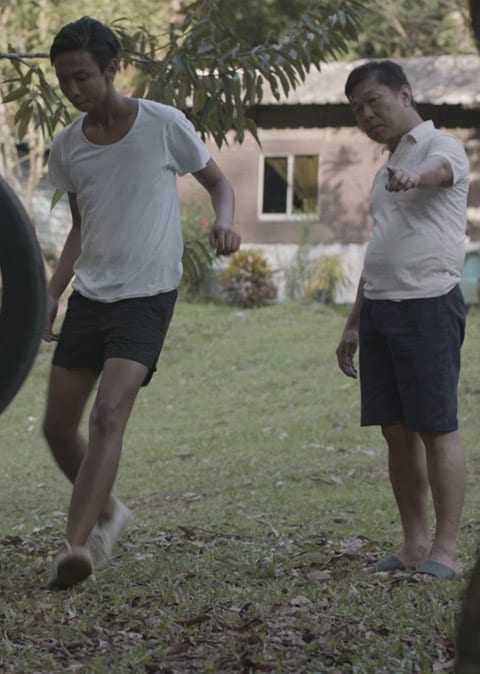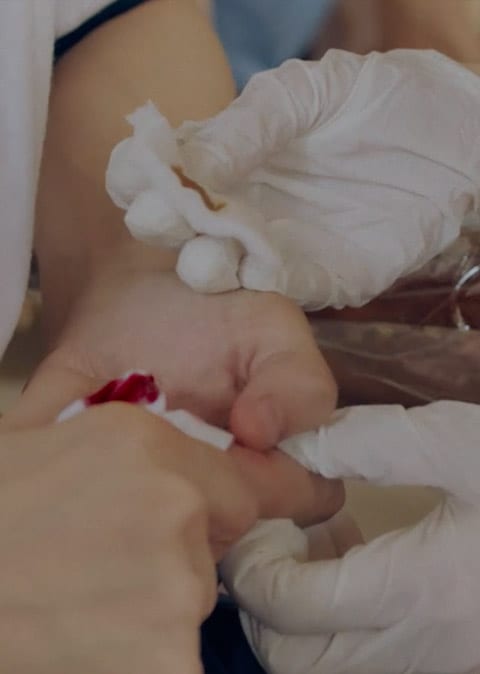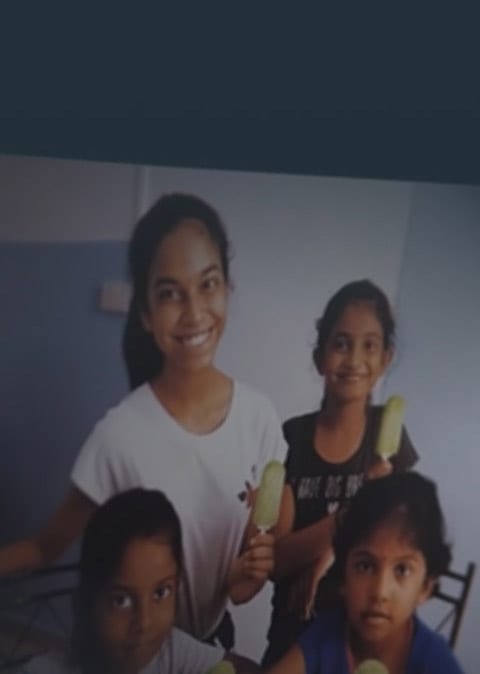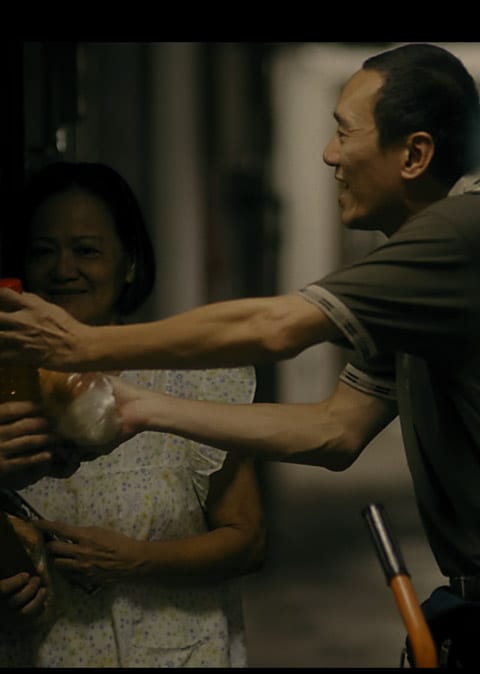• Singapore’s giving landscape sees decline in volunteerism and donation rates, but double the median amount donated and an increase in more consistent donations
• Online giving is key to accelerating recovery in giving sector and paving the way for hybrid giving opportunities in the future
• Acceleration in informal giving initiatives brought about by pandemic
Singapore, 24 November 2021 – Virtual volunteering sign-ups and online donations saw double-digit increases compared to pre-pandemic levels, according to the Individual Giving Study (IGS) 2021. The study, conducted by the National Volunteer and Philanthropy Centre (NVPC), reflects how people in Singapore have shifted to online mediums to support the community and make a difference amid Covid-19, as safe-distancing measures continue to accelerate the adoption of digital experiences.
Involving more than 2,000 respondents, NVPC’s Individual Giving Study 2021 is Singapore’s longest running and most comprehensive study on giving behaviours, drivers and cultures and has guided non-profit organisations, government, community partners and wider society to better understand the state of individual giving in Singapore. This tenth edition of the study dives deep into how the pandemic has affected giving behaviours in Singapore, with refreshed focus areas to better understand the giving landscape and motivations in our City of Good.
Among its key findings this year is a 29 per cent increase in online volunteering signups in Singapore and a 37 per cent increase in online donations during the pandemic. This rise in virtual giving comes despite a decline in overall volunteerism and donation rates, and is key to supporting the recovery of Singapore’s giving landscape.
Ms Melissa Kwee, CEO, NVPC, says, “Even as we are physically distant, virtual giving has helped us remain socially close and build solidarity as a people. The better normal must include us embracing digital and hybrid opportunities to strengthen bonds through each giving and sharing what we have for the good of the whole. The pandemic gave us a view into the compassion, innovation and resilience of Singapore and we must continue to strengthen these as cornerstones of the City of Good.”
Singapore’s Giving Landscape Shows Promise Despite Pandemic
In the past 12 months, 60 per cent and 22 per cent of people in Singapore have donated and volunteered respectively. There was a 19 percentage point decrease in Singapore’s donation rate and a 7 percentage point decrease in volunteerism rate overall. Despite a decline in the overall donation and volunteerism rate, the median amount donated doubled from SGD100 in 2018 to SGD200 in 2021.
While there was an expected drop in regular volunteering due to safe distancing measures, we saw a rise in monthly donations, indicating more committed and consistent givers in this period. In the longer term, seven in 10 people stated that they are likely to donate and more than half (56%) are likely to volunteer.
One way to support the recovery of giving in Singapore is through increasing opportunities for more diverse ways of giving. National movements such as the upcoming annual SG Cares Giving Week (1 – 7 Dec) can provide opportunities for the public to share their time, talent (volunteering), treasure (donating) and voice (advocacy) in support of any causes they are passionate about. Boosting the availability and variety of online giving methods, such as virtual volunteering opportunities and web-based donations, can also reduce barriers to giving.
Adopting hybrid giving by synchronising both online and offline platforms could also bridge gaps and encourage more people to give.
Beyond the opportunities in hybrid giving, the study also revealed the following key
insights:
• Rise in informal giving initiatives highlights the importance of sustaining informal giving and further encouraging micro-giving to boost recovery of giving sector
Both volunteerism and donations saw an 11 per cent increase in informal giving (1.5x increase in informal volunteerism and 2.8x increase in informal donations), and driving micro-acts of giving could help sustain formal giving, as individuals who engaged in micro-acts of giving were significantly more likely to also be formal givers. 1 in 6 respondents who engaged in micro-acts of giving were also formal volunteers, while 2 in 5 respondents who engaged in micro-acts of giving were also formal donors.
• While givers are more welfare-focused than before with a 10 per cent increase in donations and volunteerism to the social service sector, less-supported sectors should not be neglected
Giving preferences and behaviours have shifted towards familiar and basic needs due to the pandemic. The social service sector saw an 8 per cent increase in giving despite the decline in overall giving, while the religious and education sectors witnessed the largest declines of 17 per cent and 15 per cent respectively.
As Singapore and the world look towards recovery, it is important to ensure that efforts are made to aid the recovery of less-supported sectors. There are opportunities to raise awareness of the needs of less supported causes, manage donor and volunteer flows, and engage communities through collaborative initiatives.




















